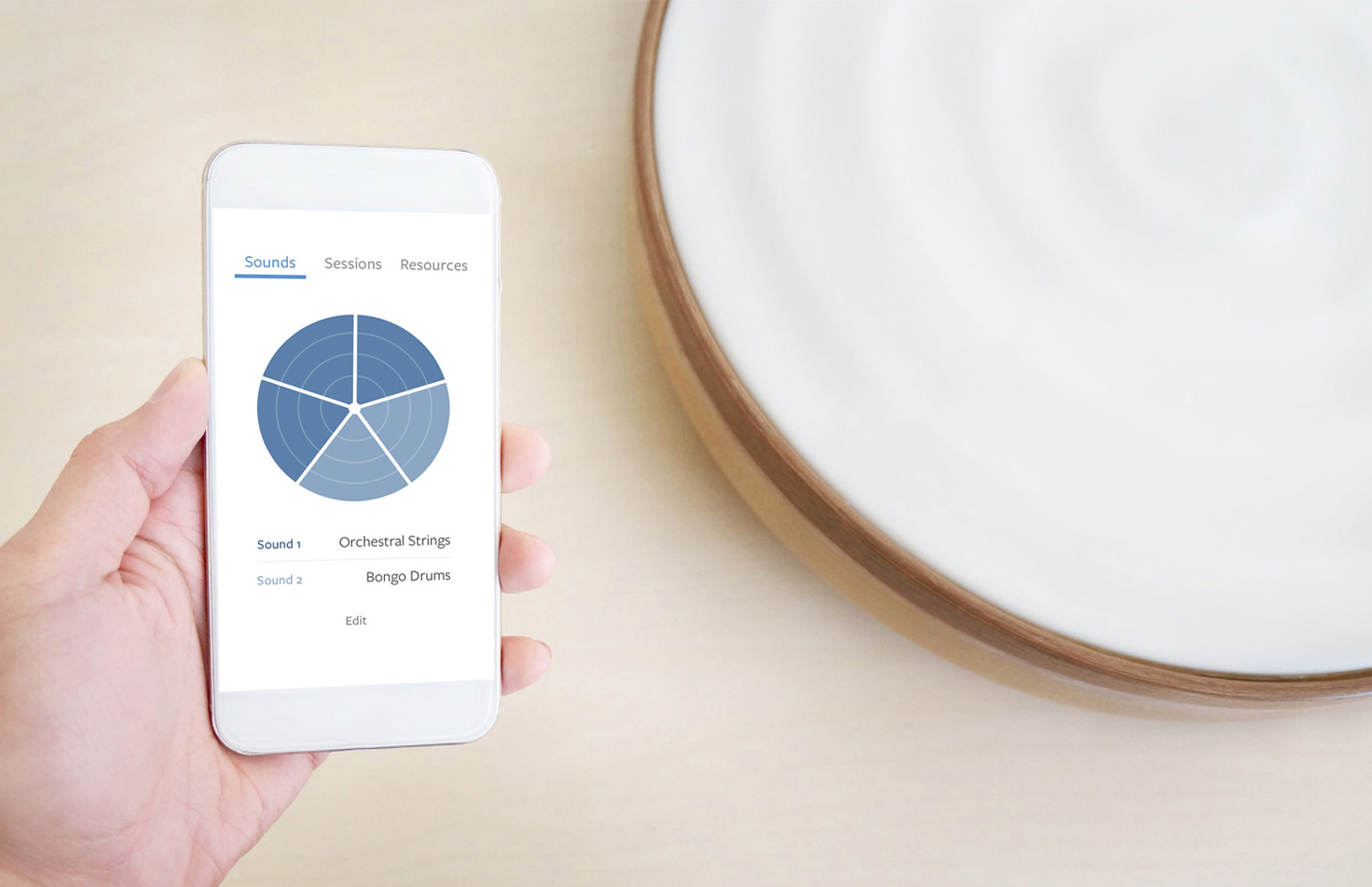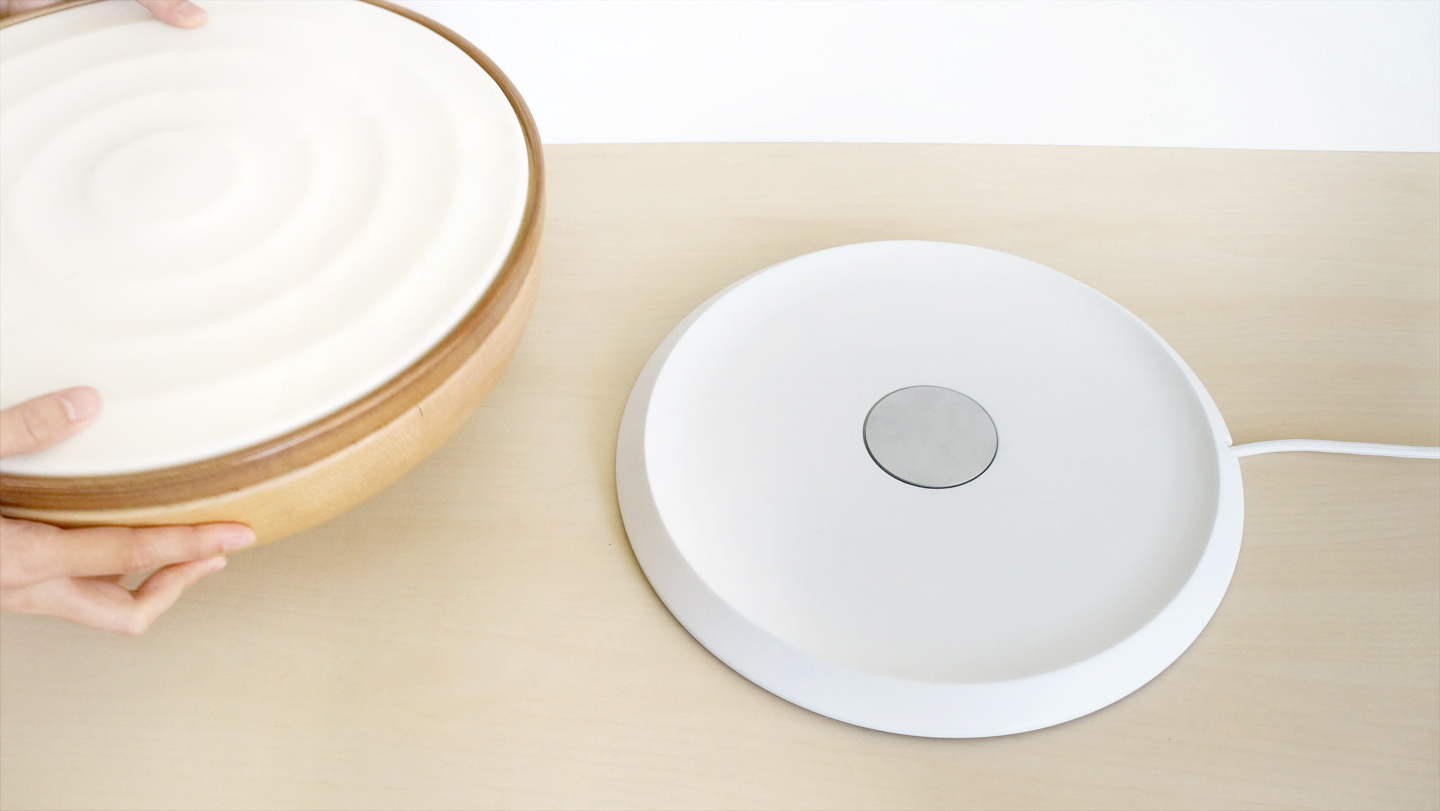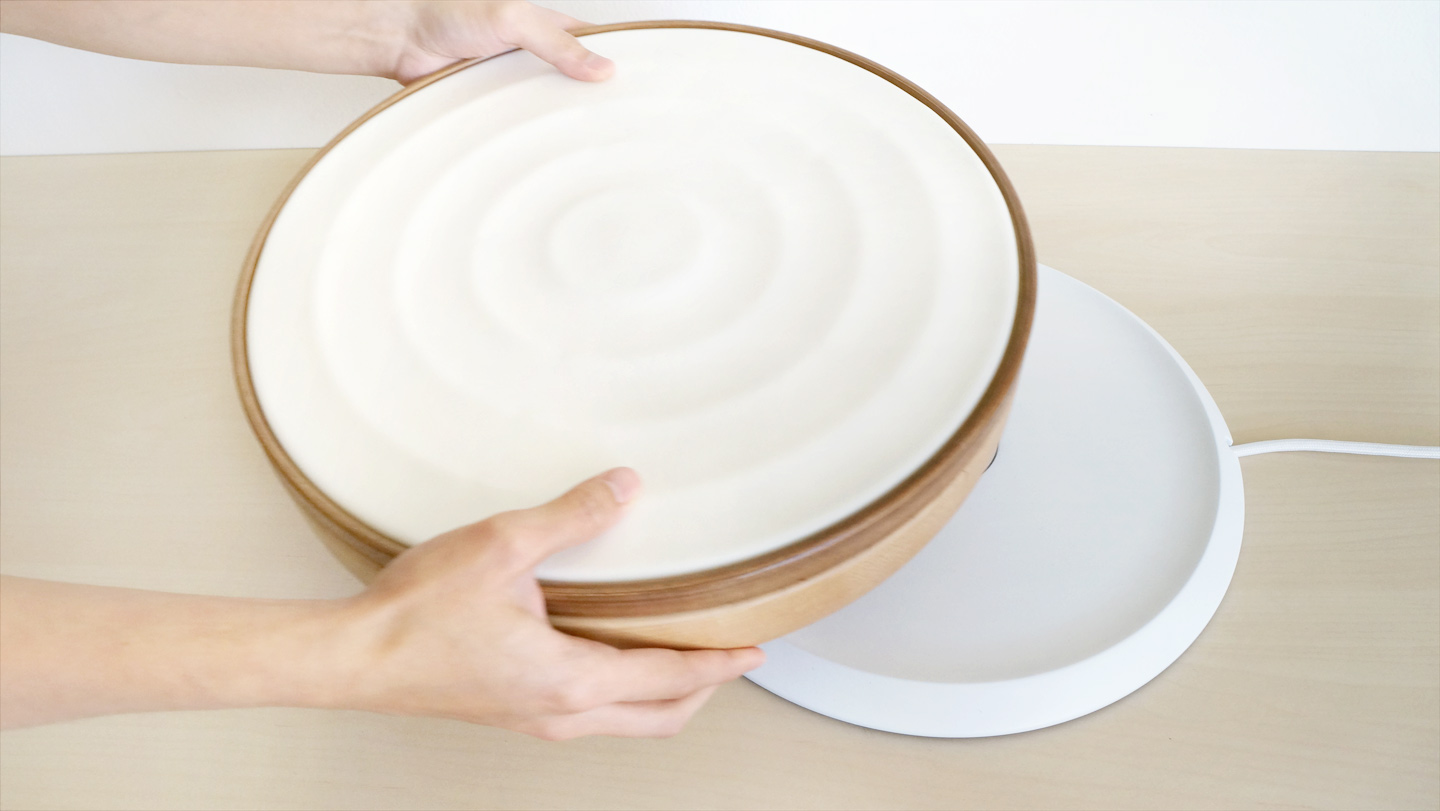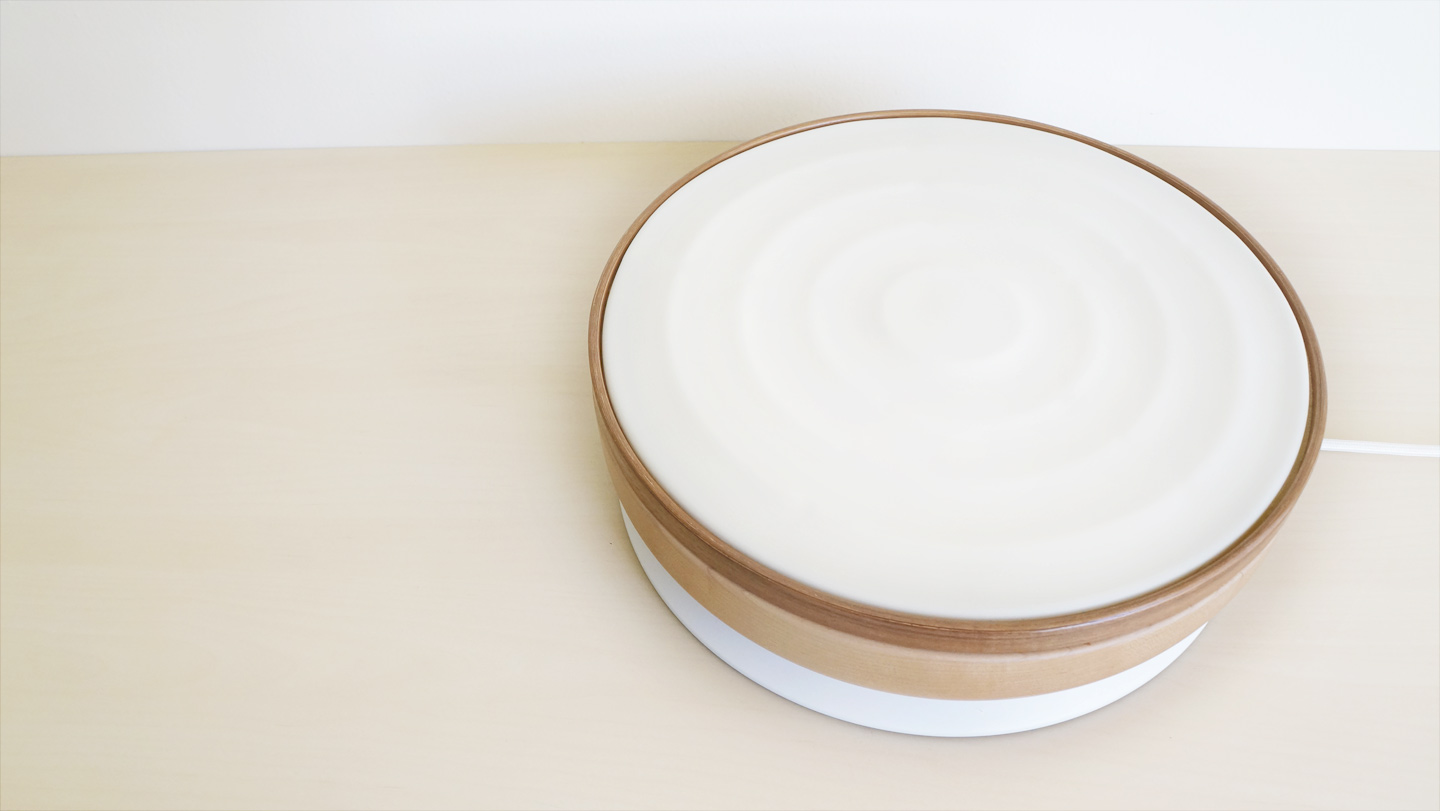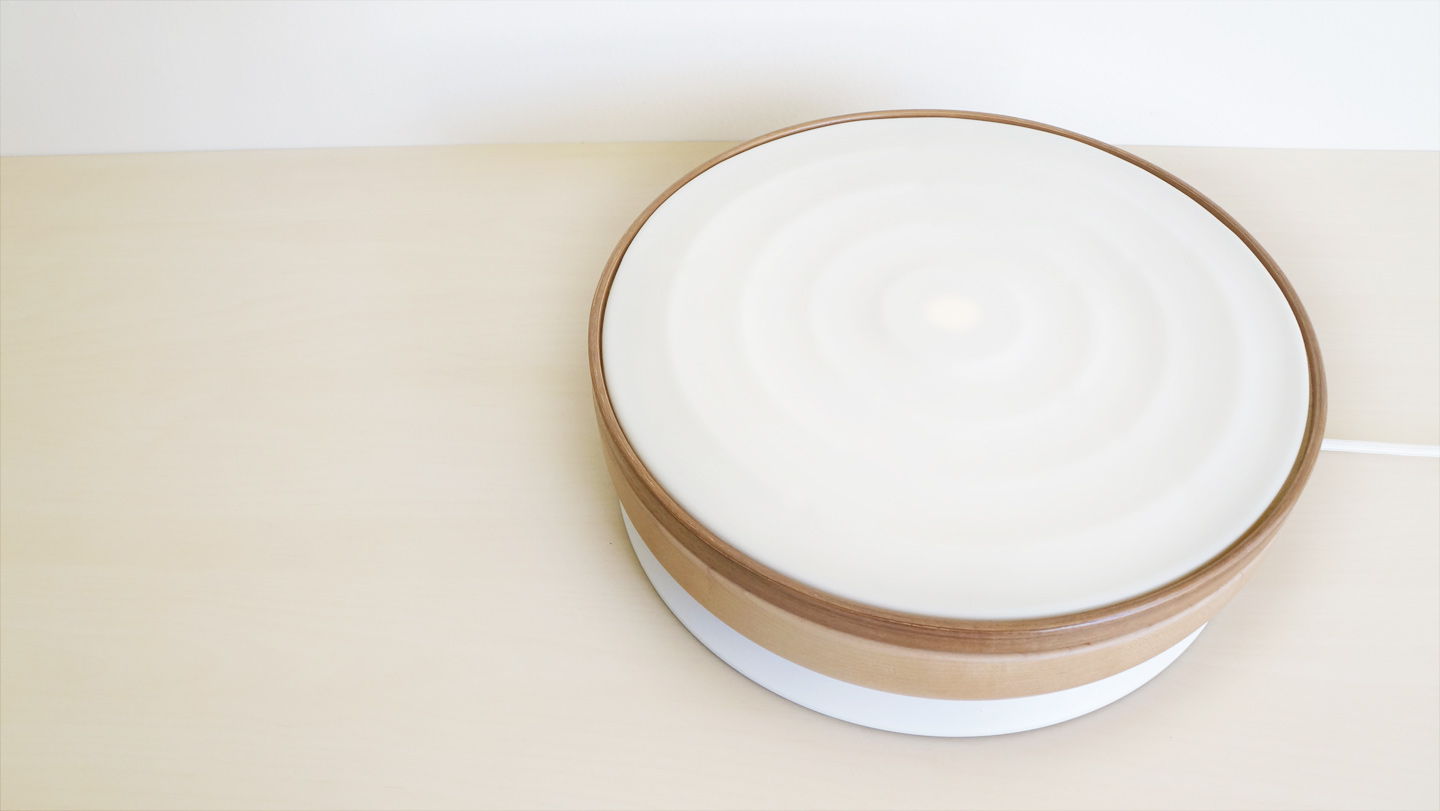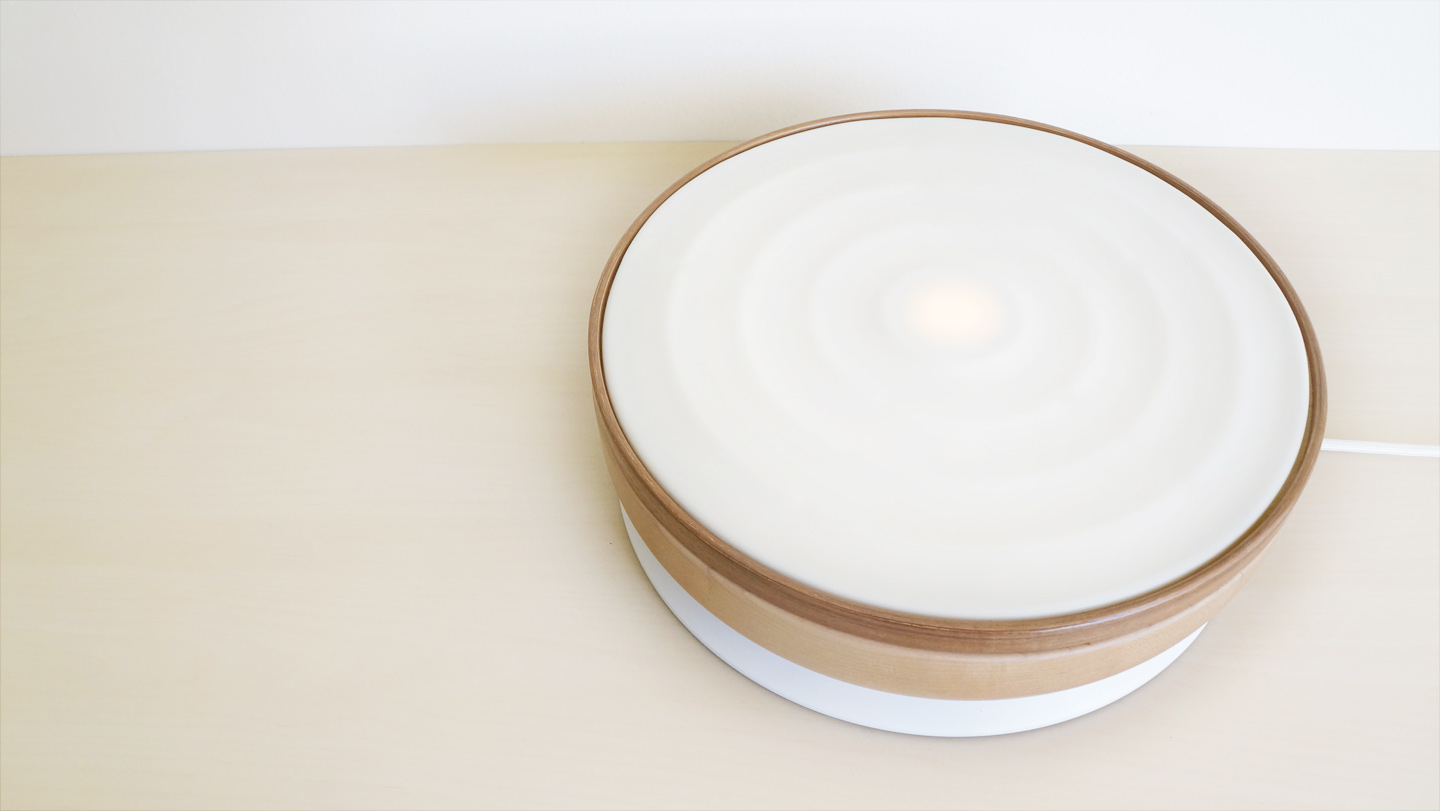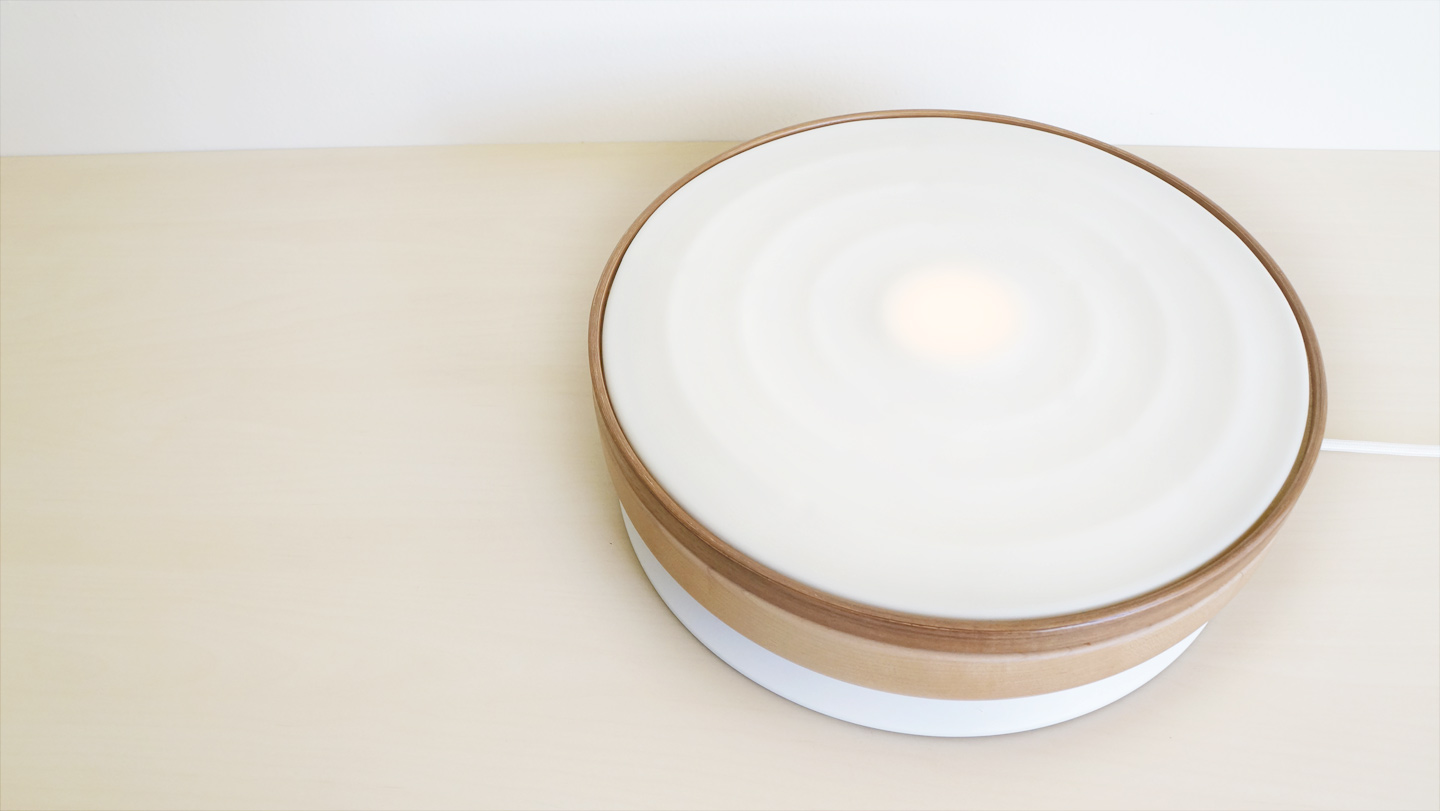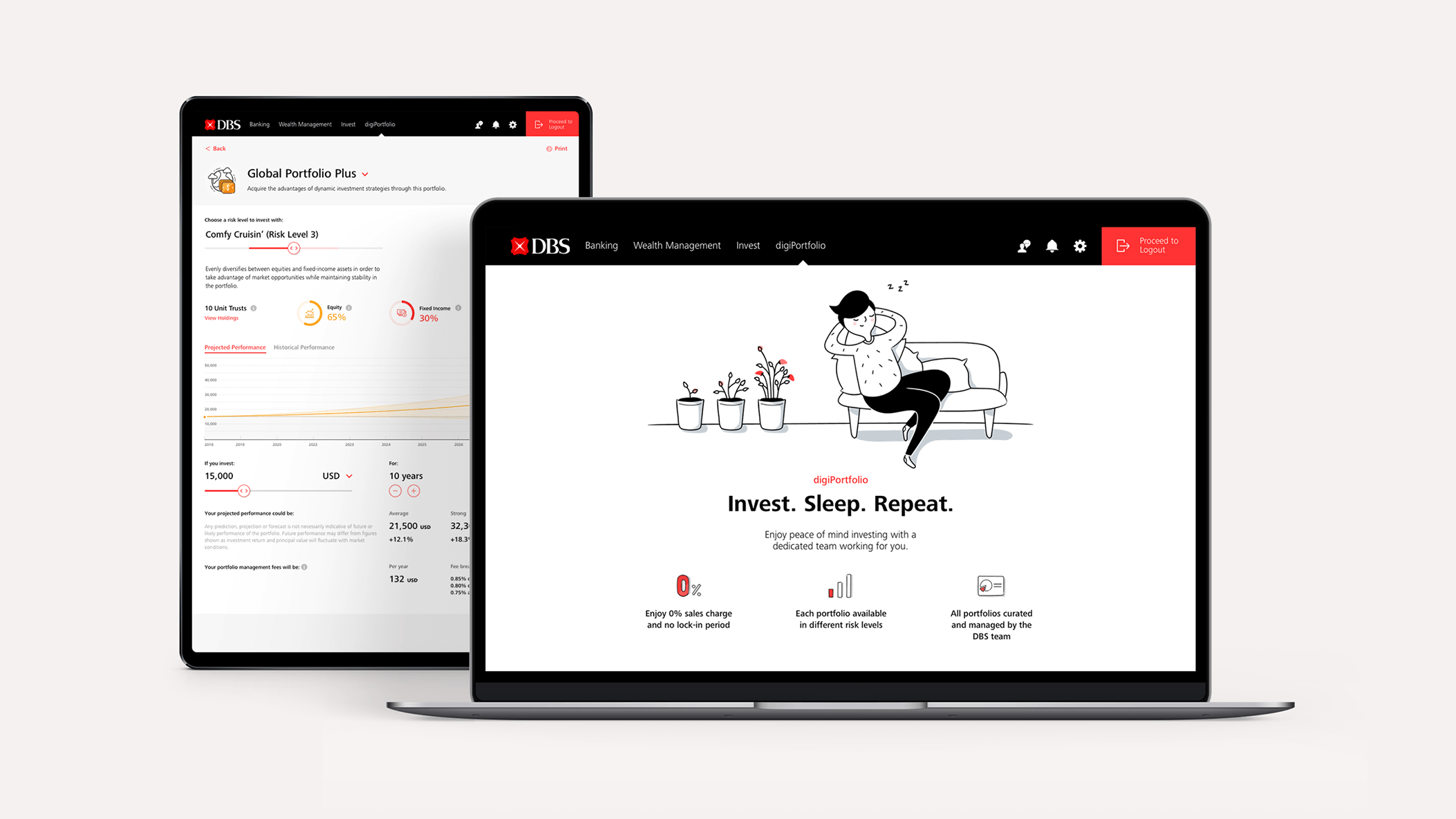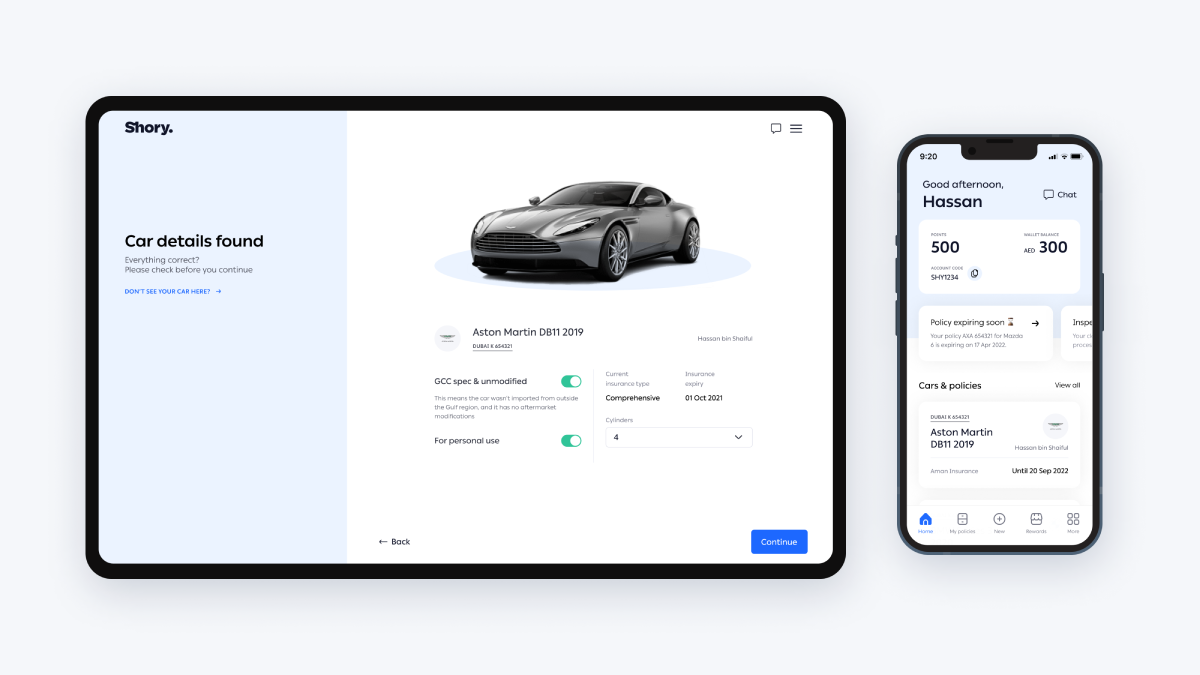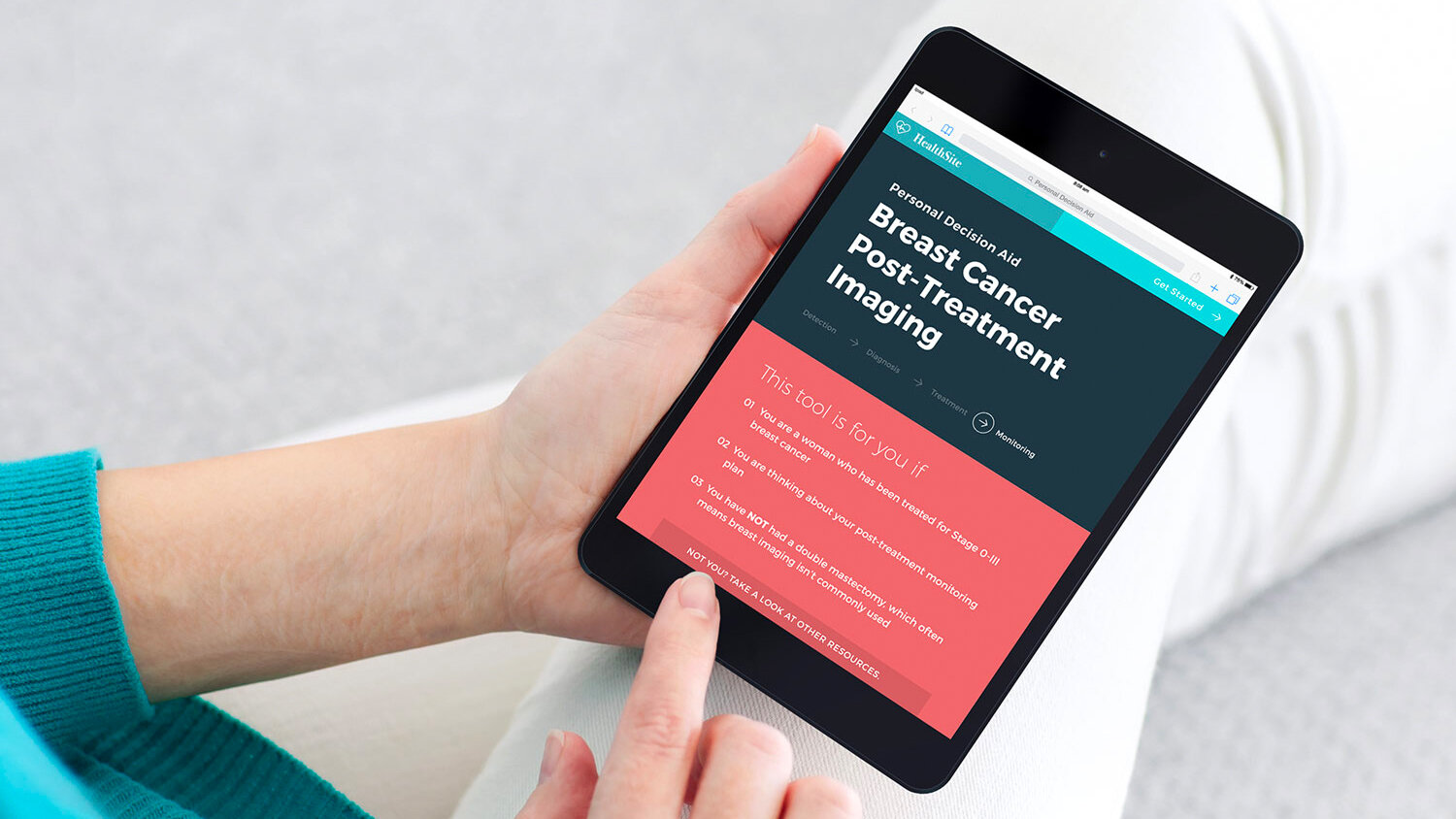Synchrony
Product Design / Interaction Design
Thesis Project
Synchrony is a therapeutic instrument designed to help parents and children with autism develop intimacy and promote understanding of each other through improvised music play.
*This product is not available for purchase.
Awards
Silver, Student Category |
Runner-up (student), Commercial Equipment |
Notable (student), Consumer Product |
Press
The 22 best product designs of the year |
The Best of Dubai Design Week's Global Grad Show |
8 ingenious innovations helping autistic children |
Exhibitions
Sound and Matter in Design |
Global Grad Show |
Bridging the social-emotional gap
A social-emotional barrier exists between parents and children with autism, often leading to dejection and decreased self-efficacy for both parent and child.
Improvised play in music therapy, a process that simulates mother/infant social play, helps to bridge that gap. However, the technical nature of improvised music play can intimidate parents from practicing it alone with their child.
A social-emotional barrier exists between parents and children with autism.
Benefits of music therapy for children with autism:
Music Therapy, Sensory Integration and the Autistic Child – Dorita S. BergerRequires minimal processing
Unlike language, music does not challenge the neo-cortex to interpret, provide meaning, or comprehend information.
Stimulates the whole brain
Music requires minimal cognitive awareness to stimulate the brain at subcortical and neocortical levels.
Reduces tactile defensiveness
Music provides a sensory structure that helps calm the brain and relaxes tactile tension.
Creates an emotional safe haven
Music creates a safe space for self-expression and self-exploration, helping develop a sense of internal space.
The Parental Journey
(based on qualitative research with 3 parents)
Accepting their child for who they are was often the milestone that helped parents overcome their feelings of dejection. Reaching that state of acceptance however, is an arduous journey that often takes years to reach.
Accelerating into a state of acceptance
By lowering the technical barriers of improvised music play, Synchrony opens up a channel for spontaneous social interaction, helping parents accelerate into a state of acceptance of themselves and their child.
Early sketches exploring different ways of using intuitive interactions to engage parent and child in social communication that is non-verbal and non-physical.
“The more I disciplined him the worse he got. This made me feel lousy as I didn’t know how to handle him.”
– Jasmine, parent
Beneficial to both parent and child
Qualitative interviews with parents revealed that while many therapeutic initiatives centered around their child, they go through an equally tough time filled with stress, frustration, and social pressure.
Synchrony balances the needs of both parent and child on a single platform, allowing mutual exchanges of feelings and emotions facilitated through the enjoyable activity of music creation.
Intuitive and inviting
Synchrony uses the approachable and universally understood form language of a hand drum to create an intuitive interaction that is accessible by all.
The soft silicone skin is responsive to touch, producing volume and resonance according to the pressure and velocity applied, as well as the duration pressed. When 2 or more people play, a more harmonious sound is produced, encouraging social collaboration over solo play.
“Helping parents see the small growths, enjoyment, and success their child has in music enables them to exist together in a moment of joy.”
– Cassandra Mulcahy, music therapist
Getting feedback on early prototypes with music therapist, Jessica Brizuela.
A early prototype, exploring the concentric layout of the notes to create a non-directive orientation that invites people to interact with it in their own unique way.
Reviewing a round of concepts with Elizabeth and Ian – parents of Faith, diagnosed with mild-moderate autism.
No ‘bad’ notes
Synchrony’s 20 concentric keys are tuned to the pentatonic scale, which, having no dissonant intervals, maintains melodious harmonies regardless of how they are pressed, enabling parent and child to create pleasant music regardless of skill or ability.
This non-intimidating interaction lowers the barriers for parental engagement, helping music therapists to build capacity within parents.
Note Layout:
Staggered Ascending
A staggered ascension of notes in the pentatonic scale was used, with 2 notes being repeated in each subsequent section.
This was done as a straight ascension of 20 notes would result in 3 octave changes. The drastic shift in octaves could unnecessarily shock the child. Therefore, a staggered ascension of notes was selected.
In the first sample above, note the stark contrast between the low first note, vs the high, screeching last note in a straight ascension
Compare that to this sample, which produces a more mellow transition between the highest and lowest notes.
Maintaining a closed-loop between parent, child, and therapist
Connected via low-energy bluetooth, the connected smartphone app allows parent, therapist or child to toggle between a selection of sounds according to their preference or mood.
Play sessions can be recorded, and therapy goals can be facilitated and coordinated through the app, maintaining a closed-loop between parent, child, and therapist.
Child-safe with no moving parts
All of Synchrony’s components are housed within a single enclosed unit with no moving parts, making it child safe and preventing kids from fiddling or dismantling the instrument.
A separate charging platform charges the instrument through a contact point at the unit’s base, with ambient light indicators communicating the battery status.
From the judges of the Core 77 Design Awards:
“The object itself, this vessel for communication with autistic children, the vessel itself is calming.”
“It's an absolutely beautiful form in terms of material and proportion. The way that the digital element was integrated nicely....The historical drum like semantic and the new digital semantic has got bookends of history in there.”
Special thanks to:
ArtCenter faculty
- Candice-Leigh Baumgardner
- Karen Hofmann
Parents
- Jasmine Lim
- Elizabeth
- Ian
Music therapists
- Jessica Brizuela
- Cassandra Mulcahy
- Rachel Rambach
- Bree Beynon
- Kalani Das




















